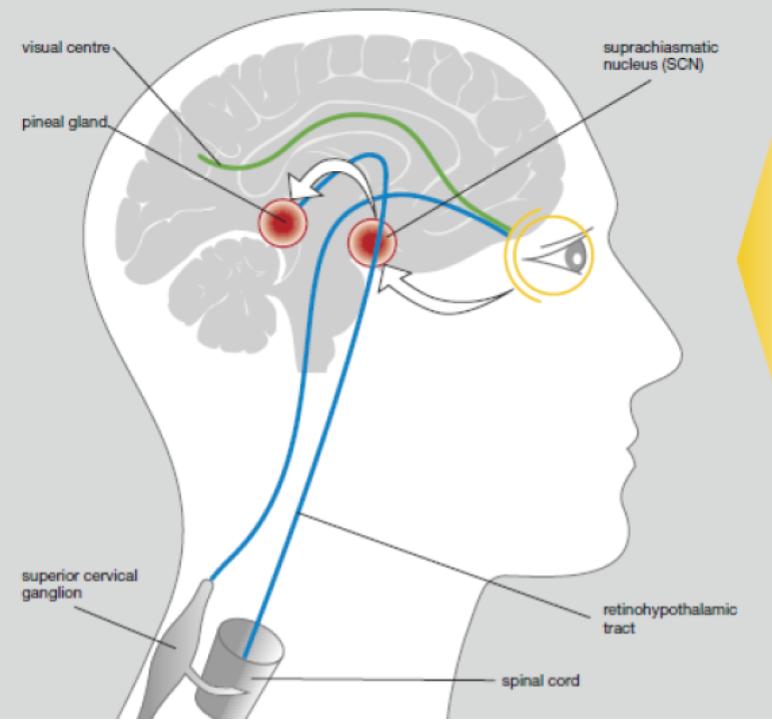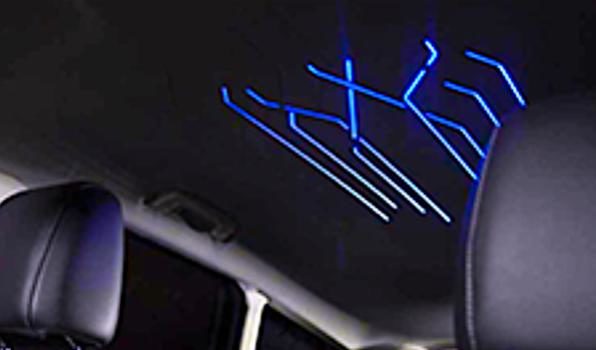SHARE
Innovation Opportunities for Lighting Systems for Car Interiors
The automotive sector and its key subsystems are going through a disruptive phase, and lighting systems for car interiors are not an exception. The final consolidation of the electric vehicle and the inclusion of advanced assistance systems call for further progress in aspects like the reduction of weight and the development of modular solutions. Besides, it paves the way for new communication needs and functions that could be solved through lighting.
In addition, the worsening of air pollution and car bans in city centers have led to new forms of mobility and the emergence of new business models based on car sharing. Most consumers want to reflect a lifestyle with their car which, together with the industry’s drive to promote design and technological variety, led to an increase in the number of automobile models in recent years. The different car models compete to stand out in the market by offering customers an increasing number of customization options, and interior lighting has a crucial role to play in this regard.
 Figure 1. Visual (green) and biological (blue) path
Figure 1. Visual (green) and biological (blue) path
The effects of light on humans have been studied for decades. However, in the search for new functions/effects demanded by new mobility paradigms, a relatively new approach has arisen. The biological effects of light are caused by the stimulation of ocular photoreceptors. The classical vision receptors: sticks and cones, are responsible for light visual effects. Research conducted in recent years revealed that the eye has another type of photoreceptors that plays an important role in the non-visual effects of light, and has maximum sensitivity at the shortest wavelength part of the visible spectrum. These photoreceptors are known as intrinsically photosensitive retinal ganglion cells, and their intrinsic photosensitivity is based on the photopigment melanopsin and are intimately linked to the suprachiasmatic nucleus. This nucleus is the central control of our circadian rhythms or internal clock and other neurophysiological effects. By exciting it, a whole new myriad of effects could be achieved. These new findings can be very useful when applied to the above-mentioned new vehicles and can be combined with other variables such as temperature control in the cabin for safety purposes (e.g. ambient lighting may be different depending on the degree of potential hazard of the road, or it may help drivers stay awake until next possible stop, etc.). Possibilities are almost endless for these new types of mobility combined with digitalization and sensorization of the vehicle. Can you come up with other innovative lighting systems for car interiors? Click on the link and submit your solution to win up to 10,000 EUR in prizes. Written By Íñigo Mateo, Industrial Engineer at Grupo Antolin Innovation Department
 Figure 1. Visual (green) and biological (blue) path
Figure 1. Visual (green) and biological (blue) pathThe effects of light on humans have been studied for decades. However, in the search for new functions/effects demanded by new mobility paradigms, a relatively new approach has arisen. The biological effects of light are caused by the stimulation of ocular photoreceptors. The classical vision receptors: sticks and cones, are responsible for light visual effects. Research conducted in recent years revealed that the eye has another type of photoreceptors that plays an important role in the non-visual effects of light, and has maximum sensitivity at the shortest wavelength part of the visible spectrum. These photoreceptors are known as intrinsically photosensitive retinal ganglion cells, and their intrinsic photosensitivity is based on the photopigment melanopsin and are intimately linked to the suprachiasmatic nucleus. This nucleus is the central control of our circadian rhythms or internal clock and other neurophysiological effects. By exciting it, a whole new myriad of effects could be achieved. These new findings can be very useful when applied to the above-mentioned new vehicles and can be combined with other variables such as temperature control in the cabin for safety purposes (e.g. ambient lighting may be different depending on the degree of potential hazard of the road, or it may help drivers stay awake until next possible stop, etc.). Possibilities are almost endless for these new types of mobility combined with digitalization and sensorization of the vehicle. Can you come up with other innovative lighting systems for car interiors? Click on the link and submit your solution to win up to 10,000 EUR in prizes. Written By Íñigo Mateo, Industrial Engineer at Grupo Antolin Innovation Department
